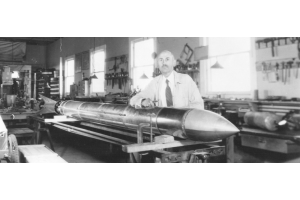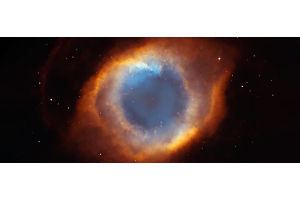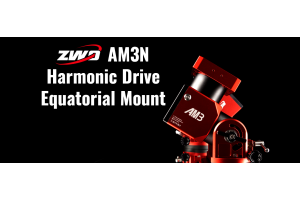best of series
Exploring Beginner Telescopes for Urban Stargazing
Let's explore some excellent beginner telescopes for observing stars from light-polluted areas. We've compiled a list of top-rated Dobsonian telescopes optimized for viewing abilities from urban locations. These telescope recommendations can guide skywatchers seeking instruments well-suited for routinely stargazing from their backyards rather than highly dark rural settings.
Ideal Features for Urban Stargazing Telescopes
We'll outline some ideal features for quickly seeing stars and deep sky objects from neighborhoods impacted by:
- light pollution
- reasonable cost
- moderate aperture size
- low-maintenance optical designs
- intuitive computerized tracking of celestial objects
They are essential for starter instruments, either reflectors or refractors. Refractor telescopes appeal to many novices, given straightforward operation and optics. Reflectors like the Apertura AD8 balance simplicity and light-gathering power at an affordable price.
Understanding Your Telescope and Maximizing Enjoyment
Though remarkably compact or portable a telescope can make sense, but it can limit many devices' capacity. Compact usability may result in the dilemma of the functional capability of some equipment. Knowing how your telescope works and learning astronomy all go hand in hand with the hobby of astronomy, which is the finest way to enjoy it. Dobsonian mounts allow for direct telescope motion without sophisticated setup procedures like the equatorial mounts. The best example is Dobsonian mounts which give simpler manual movements that do not require knowledge of the complex setup procedures that equatorial mounts require.
Capturing Cosmic Sights from Urban Areas
With the right imaging tools, you can also capture vivid pictures of the moon, satellites, meteors, and other cosmic sights, even from the middle of cities. We strive to provide recommendations and essential techniques to experience the universe's wonders from nearly anywhere.
Encouraging Diversity and Communal Stargazing Experiences
Space presents a fascinating paradox; professional guides in selecting or using equipment, handling photography, and post-processing within astronomy. Beyond delving into astronomical history, this expansive domain provides ample avenues for enthusiasts to delve into the intricate features of distant galaxies through their telescopes. This perspective fosters inclusivity by highlighting the accessibility of astronomy without the need for costly equipment. It celebrates the joy of observing the night sky with the naked eye using binoculars.
Joining Together in Cosmic Exploration
The series promotes togetherness between different cosmic races through gatherings that are one and collective projects, so solo stargazing finally becomes a shared space-viewing experience. Whether you're seeking to explore the celestial wonders of the night sky or elevate your stargazing experience with a premier Dobsonian telescope, our "Best of" Series offers a comprehensive guide to unlocking the mysteries of the cosmos. Join us as we journey through the vast expanse of space and discover the wonders that await beyond the stars.
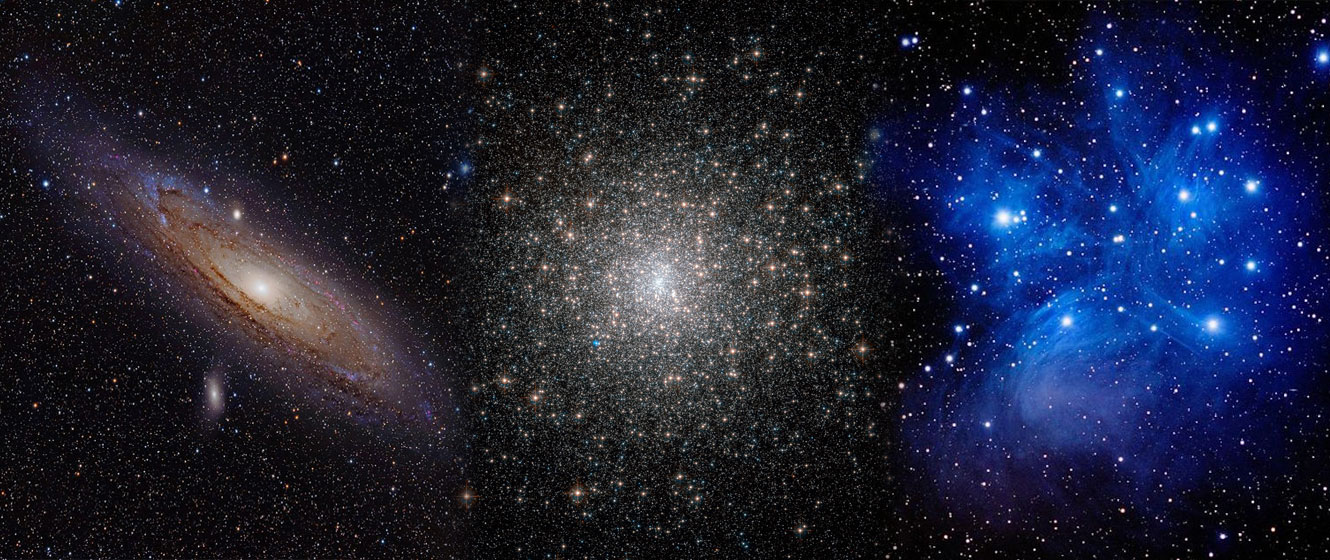
Have you ever wondered what the highlights of the autumn sky are?
Autumn is coming, and the skywatchers will see a stunning spectacle of celestial delights. Picture this: Orionids Meteor Shower, showers of stars linked to the great Halley’s Comet—known for its fast and bright meteors–opens October. The Pleiades Cluster or the Seven Sisters, celestial sorority, is the main attraction in October, twinkling brightly in Taurus and winking at us from the autumn sky.
The starry sky spread throughout the canvas of the night is full of celestial phenomena demanding the attention of passionate stargazers. First, our celestial neighbor Andromeda galaxy, shining faintly in the Andromeda constellation, presents a marvel for those lucky enough to encounter it from places with little light pollution. Just nearby is the Great Square of Pegasus, an outstanding graphic pattern that is a pleasant pause before heading on to other stellar wonders in that area of the sky. It gorgeously foreshadows the trio of stars Altair, Vega, and Deneb, which assemble to lie straight, thus transforming the autumnal sky into a colossus of cosmic triangles.
Move on to November, and the Taurid Meteor Shower lights up the cosmic theatre with lively fireballs. Prepare for the Leonid Meteor Shower to make a spectacular arrival, sometimes producing meteoric storms due to the Comet Tempel-Tuttle. At the same time, the Orion Nebula, a stellar nursery in the sword of the Orion constellation, continues to fascinate throughout autumn, pleasuring both naked-eye viewers and telescope lovers.
Mars ascends in the autumn evening sky, showing its red hue in the east just after sunset. To enjoy the beauty of these cosmic miracles to the maximum, choose a perfectly dark place far from the city lights and take binoculars or a telescope. The fall season is revealing the cosmos, which promises astronomical pleasures to those brave souls who do not mind exploring the stellar wonder above.
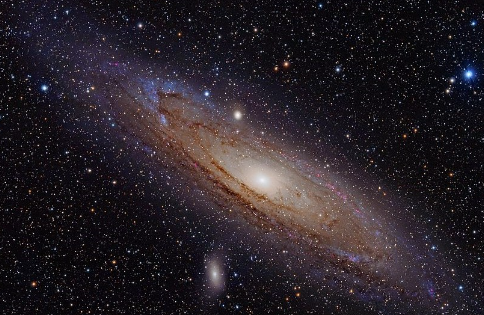
Meet M31, sometimes called The Andromeda Galaxy. If galaxies had royalty, M31 would, without a doubt, be crowned. This beautiful spiral galaxy swirls within the constellation of Andromeda, and she is the closest cosmic neighbor to our Earth, situated only 2.537 million light years away. Consider this magnificent creation 220,000 light-years across, covered with millions of stars, each shining like a precious gem in the cosmic tiara. M31 enjoys a fascination that grants it the pet name "Andromeda Nebula", adding to its heavenly attraction. Looking at M31 at night is when you are encountering not just a galaxy but observing the glory of the celestial princess, a queen of the cosmic realm that rules over the infinite space with beauty and grandeur.

Unveiling the Ultimate Telescope: A Guide to the Best Starter Telescopes
What attributes make a telescope ideal for novice astronomers? Beginner telescopes are a sweet combination of strength and simplicity and offer user-friendly arrangements. Most also possess pretty nifty features, such as computerized mounts for automatic sky tracking. Concerning what telescope types are best for beginners, refractors are the stars here because of their simplicity and lack of maintenance. Newtonian reflectors are also attractive besides being cheap and having a fair light gathering.
Apertura AD8 is an excellent telescope for beginners who love deep-sky observation. Following the concept of the Dobsonian telescope, it is characterized by simplicity and an unsurpassed light-gathering power. The Apertura AD8, being great at deep-sky observation, may seem too big for the very youngest beginners or people concentrating on ultraportability. Like any telescope, getting to know the essential aspects of the telescope and the fundamental astronomy improves your celestial experience. Simple to operate for beginners, the Dobsonian mount offers smooth movements, making it an attractive option compared to more complicated mounts such as equatorial mounts.
Are the telescopes suitable for young astronomers? Absolutely! Curiosity of a budding stargazer is the main focus of the Celestron FirstScope Telescope. Although to satisfy your interest in beginners' computerized telescopes, the Orion StarSeeker IV 130mm GoTo Reflector GoTo technology is the best; it eliminates the efforts of finding and tracking celestial objects. It is an easy-to-read treat for beginners stargazing.
Picking the right telescope is like choosing a celestial friend for your astral travels. Whether you are seduced by the advanced features of the Celestron NexStar 8SE or impressed by the other budget-friendly brand, our universe is ready to show you its splendor through your lens.



